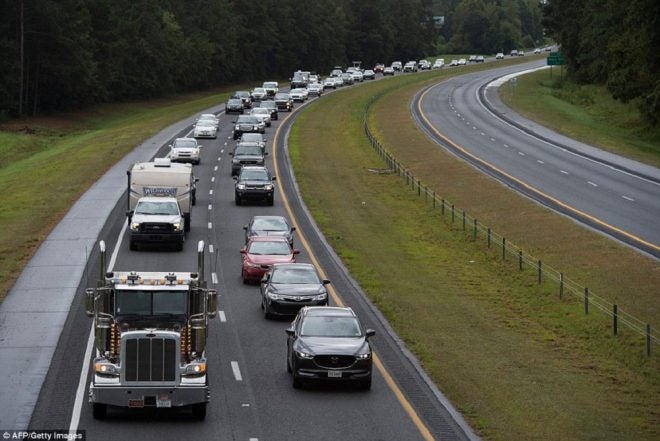Evacuation Fatigue
Dr. John Woods 03.02.19

A big part of surviving any disaster is surviving the survival. Say what? Every prepper and disaster evacuee has to know that just the task of executing a survival plan and bugging in or out is an extremely exhausting experience. Even those who planned well, and made it out alive or sheltered in place from any catastrophic disaster later succumbed from the sheer fatigue of the event. The deal is to plan on becoming fatigued and train to deal with it.
Fatigue at the genuine gut level is much more than just being tired. I might work in the yard all day and at my age it does not take long to be tired. But if I get really fatigued, then I risk other health issues including severe dehydration, muscle breakdown from heavy labor, nutritional depletion and other issues like heat stroke or frostbite depending on the environmental conditions at the time.
As part of your prep plan, calculate in also time for recovery from the evacuation or the hours of sheltering in place with little or no movement. Certainly many tasks will be required to be initiated and put into play, but also institute some scheduling for rest, just plain relaxation or down time to chill. This will help you both mentally and physically.
Paramount in the survival of survival is proper and effective hydration on a regular time frame. Naturally this requires substantial resources and back up. This is why needs for water and food should come first in any prepper planning. Input varies by source recommendations, but at the minimum plan on a gallon of fresh water intake per day per person. If it is possible and convenient double that amount.
Take into account the full impact of such a demand for bugging out. Water is heavy at eight pounds a gallon (8.3454 to be exact), and it demands volume space. Carry what you can with the intent on scrounging for more all along the way. During most disasters, assistance stations may be set up to distribute water and food. Plan to take full advance of any such resources saving your own stores for later more dire circumstances.
After water, then food, then rest. On a bug out, drive 3-4 hours, then rest half an hour. For bugging in just pace yourself. Get essentials done like locking down, security measures taken, armed and ready, then take a seat for a while. There is no sense in killing yourself trying to live.